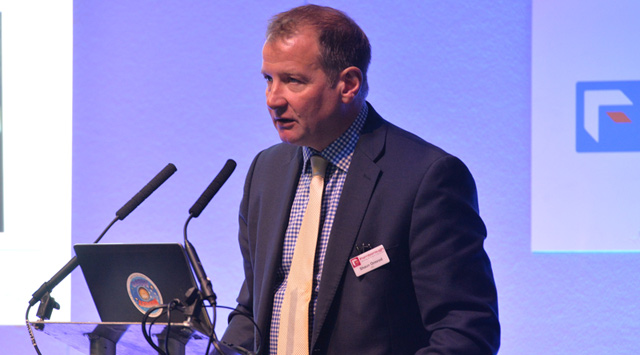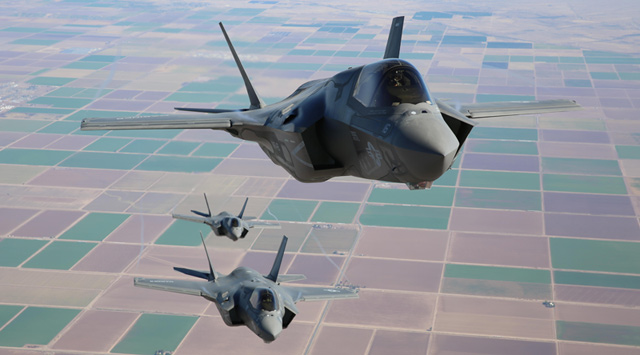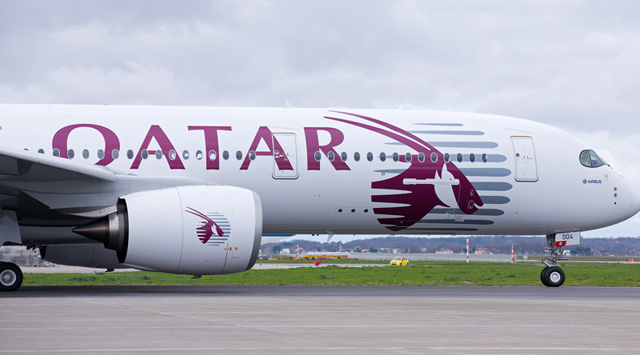Farnborough air show boss Shaun Ormrod admits that hosting a major air show is harder than it used to be. A generation ago – with the industry concentrated in North America and western Europe and focused on a small number of events – the biennial UK gathering was a must-attend. Similarly, with fewer distractions, being able to lure families in their tens of thousands at the weekend to watch an air display and buy some ice cream was a given; it was the era before competition from theme parks, mega shopping malls and interactive video games.

Ormrod says Farnborough has had to "raise its game" to attract both industry professionals and the public
BillyPix
Ormrod says Farnborough International – which takes place on 14-20 July – has had to “raise its game” to attract both industry professionals and the public. Innovations this year include a new row A of permanent chalets facing the flightline, an extended conference programme and a scheme to make it more affordable for UK small and medium-sized enterprises to exhibit. Farnborough began life as a shop window exclusively for the British aerospace industry, and UK-based companies still account for 44% of exhibitors.

Lockheed Martin's F-35 will be headlining
US Marine Corps
Critical mass and international credibility, however, are crucial to any air show’s success. Ormrod acknowledges that while the big airliner orders and aircraft on display grab the attention – this year, the Lockheed Martin F-35B Lightning II and Airbus A350 will be among the headliners – it is the “unrecorded supply chain business created as a result of the show that is the true key to this event’s success”. With 18 international pavilions – including Norway and Malaysia for the first time this year – the cluster of mostly temporary buildings on a Hampshire airfield becomes a truly global village for a week.
Farnborough International says 70 aircraft are confirmed for the static and flying display. Among the flying participants will be the Textron Airland Scorpion and the Spanish Navy’s British Aerospace Sea Harrier. Qatar Airways – one of a small number of airlines to really take Farnborough seriously – will have no fewer than four airliners on display: the Airbus A350-900, MSN4 – in a hybrid colour scheme with the airframer – as well as its first A380, an A320 with sharklets, and a Boeing 787-8.

Qatar will have no fewer than four airliners on display, including its Airbus A350-900, MSN4
Airbus
The US Department of Defense – absent from last year’s Paris air show as budget sequestration cuts threatened – will have a “strong presence” at Farnborough, say the organisers, occupying a larger area of the static than previously, and joining other US majors including Boeing, L-3 Communications, Bell Helicopter, United Technologies and Raytheon.
The organisers have also rethought the weekend offer, crucial for bringing in additional revenue and keeping the British public interested in aviation and aerospace. The show has been criticised for allowing its Saturday and Sunday public days to go stale. With most exhibitors, including those bringing new aircraft, departing by the Friday, Farnborough has struggled to keep up with some of the other entertainments available to families. This year, the organisers are promising a “spectacular” on 19 and 20 July, with an air display commemorating 100 years of aviation since the start of the First World War, automotive exhibits and FA Live, with two TV celebrities presenting “a mix of interview, competition and film reports” from a stage in the public area.
But it is the trade days – the real point of Farnborough – where the organisers are really investing. Three of the show’s international competitors – Dubai, Singapore and ILA – have moved to purpose-built venues in recent years and Farnborough faces rivalry from dedicated sector events such as the EBACE business aviation convention in Geneva, held two months earlier. Although Farnborough does not have the option of relocating or rebuilding the site from scratch, it is undergoing substantial home improvements.
At an event in May, the organisers unveiled the new Row A development, with individual chalets that exhibitors will be able to rent via long-term deals. UK ejection seat manufacturer Martin-Baker (an exhibitor since 1948) was the first to sign up, with a five-show commitment. Separately, GKN Aerospace – a relative Farnborough newcomer having first exhibited in 2000 – has agreed to build its own standalone permanent structure on the air show site. Further down the line, permanent chalets for Row B and – even more ambitiously – a 20,000m2 (215,000ft2) conference and exhibition centre are planned, the latter to open as early as Farnborough 2016.
Editor Murdo Morrison presents a video on what to expect from this year’s Farnborough air show on our landing page here
Source: Flight International



















